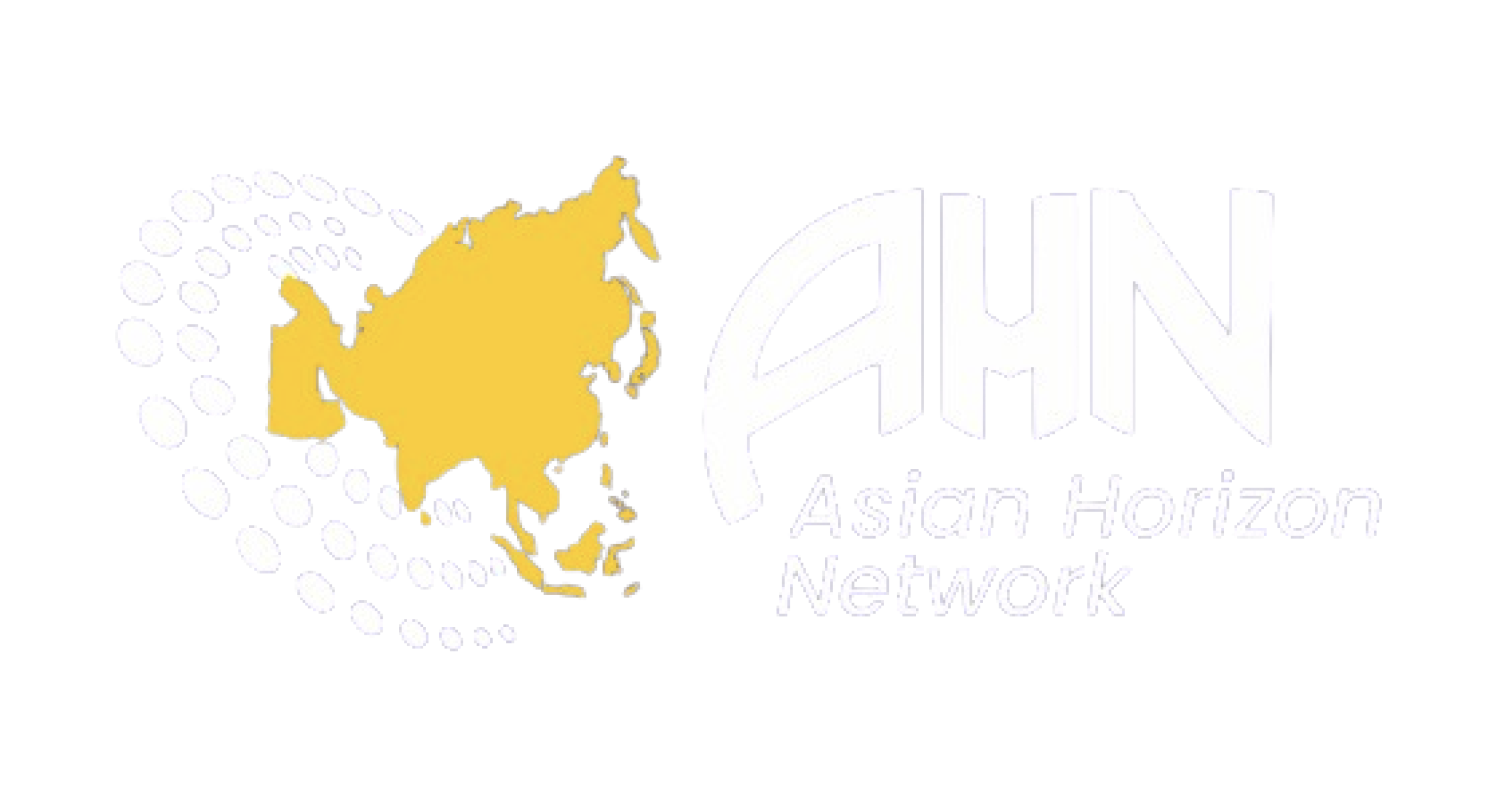Technology
Combating Online Grooming: A Collective Responsibility to Protect Minors
Published On Mon, 17 Feb 2025
Vanshika Rai
0 Views

The grooming of minors by predatory adults remains a largely overlooked yet urgent societal issue, especially with children's growing access to the internet. While social media platforms and messaging apps offer numerous benefits, they also serve as a haven for predators who exploit children’s trust in the most sinister ways. Incidents across Bangladesh have periodically raised alarms about this pressing concern.
Grooming is a calculated process in which predators establish emotional connections with minors by posing as friends, mentors, or admirers. Through deception and psychological manipulation, they mold the child who is often female into an obedient pawn, unknowingly serving the groomer’s exploitative motives. The predator, typically male, convinces the victim that he is a protector, rescuing her from difficult circumstances with seemingly noble intentions. These vulnerabilities may arise from feelings of neglect at home, conflicts with parents, struggles with self-esteem, bullying, or social isolation. Such emotional distress makes children particularly susceptible to predatory influence.
In many cases, victims believe they are in consensual relationships, often enticed by false promises of marriage. Groomers manipulate them into secrecy, convincing them that the outside world will conspire to separate them. In other instances, victims are coerced through threats, gaslighting, or psychological manipulation, making them unable to recognize the abuse. Since minors cannot legally give consent, such exploitation is a grave violation of their rights. Tragically, many victims remain silent out of fear, shame, or trauma, allowing the cycle of abuse to persist.
To safeguard children from online predators, parents must take an active role in their protection. Open, honest, and non-judgmental communication is crucial, creating a safe space where children can share uncomfortable experiences. Educating them on the dangers of interacting with strangers online is essential. Additionally, setting reasonable restrictions on social media usage and encouraging participation in extracurricular activities or hobbies can help reduce exposure to potential threats.
Addressing this crisis requires more than just reactionary measures it demands systemic change. Viewing grooming as a societal epidemic, stakeholders must collaborate to reform policies, procedures, and social structures that allow such abuse to flourish. This includes recognizing that something has fundamentally failed when children are drawn into dangerous situations. Stakeholders must develop the competence to assess problematic patterns using qualitative and quantitative data and firsthand observations. These insights can drive collective, action-oriented solutions.
Schools should incorporate age-appropriate education on cybersecurity, consent, and grooming awareness into their curriculum. The education ministry should source and distribute relevant printed and audiovisual materials to schools for effective awareness-building. Awareness campaigns should be conducted on school premises, involving parents through workshops that teach them how to identify warning signs and discuss online dangers with their children. Schools should also implement continuous evaluation mechanisms, collecting feedback from teachers, parents, and students to measure the impact of these initiatives.
Shifting societal attitudes is also critical. Blaming and shaming child victims only exacerbates the problem, ultimately enabling predators.
Instead, accountability must be placed squarely on the perpetrators. By fostering a culture that supports survivors, we can encourage them to speak out and even serve as ambassadors for awareness campaigns in schools. Beyond punishing offenders, sustainable change requires the joint efforts of parents, educators, school authorities, policymakers, and the wider community. By working together, we can create a protective environment where children grow up safe from exploitation, free from the shadows of predatory threats.



